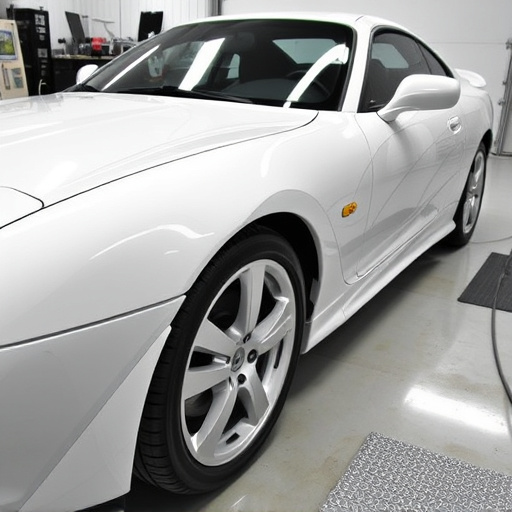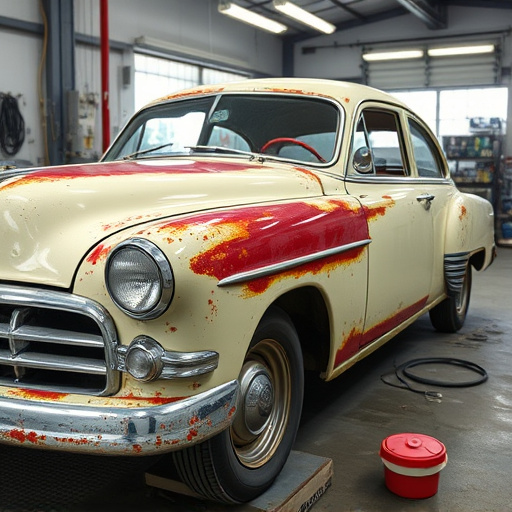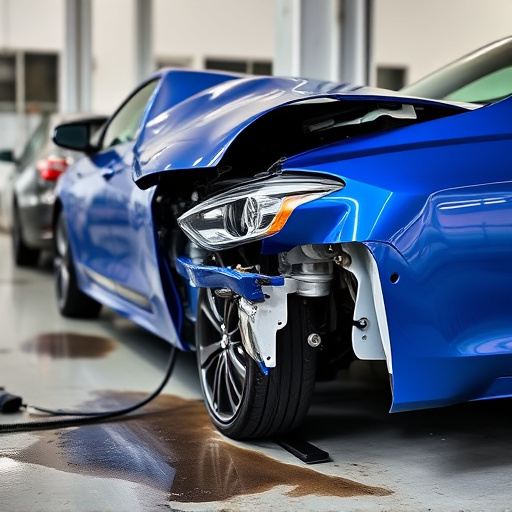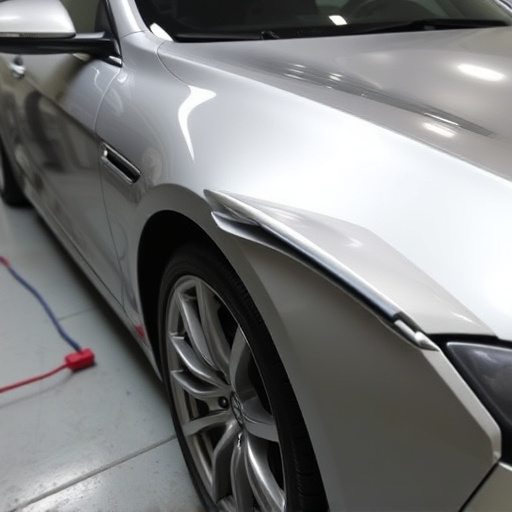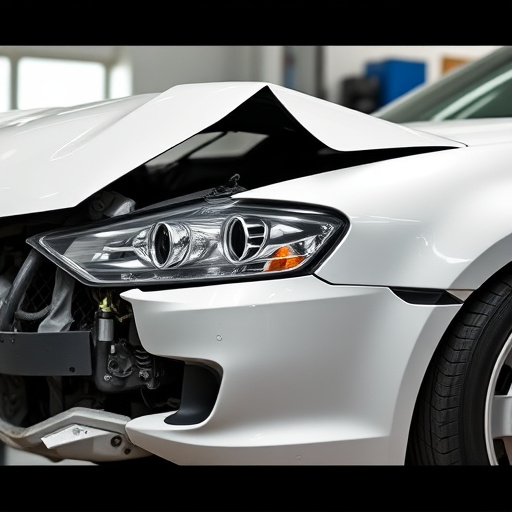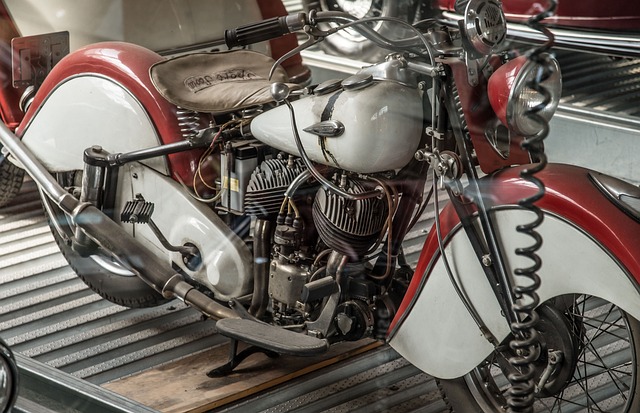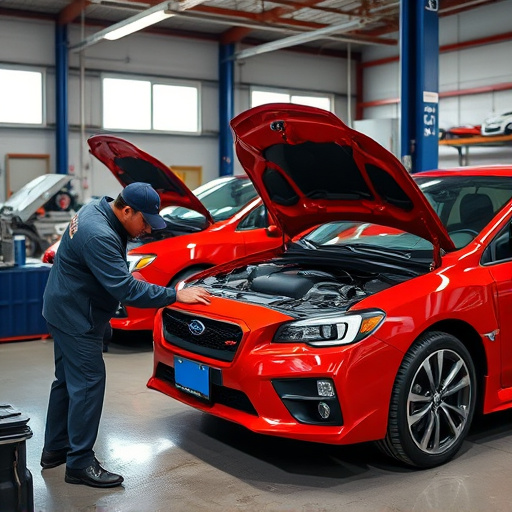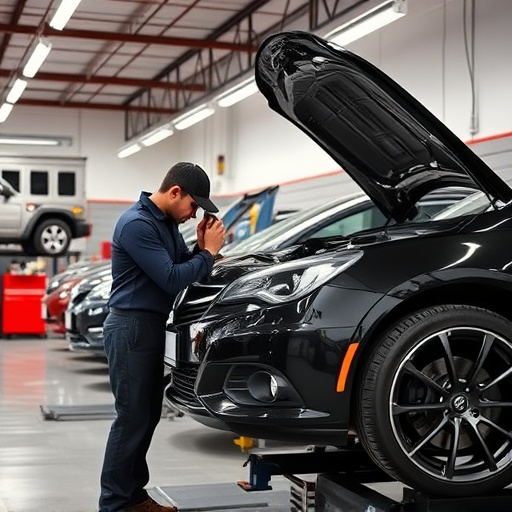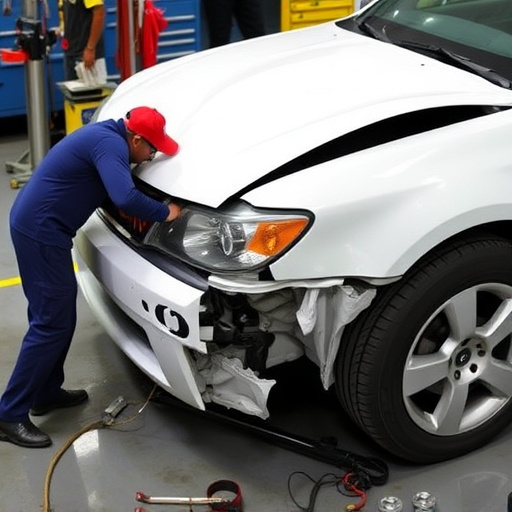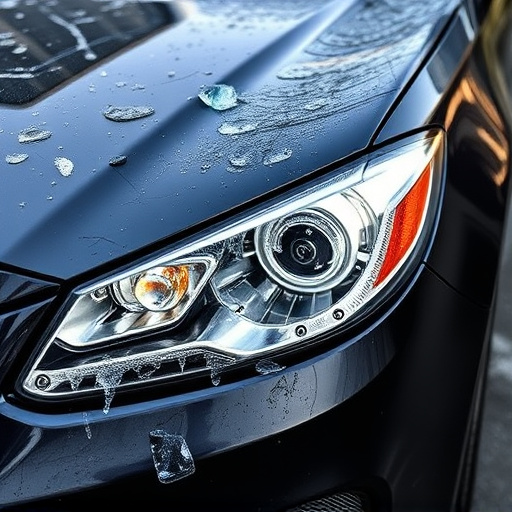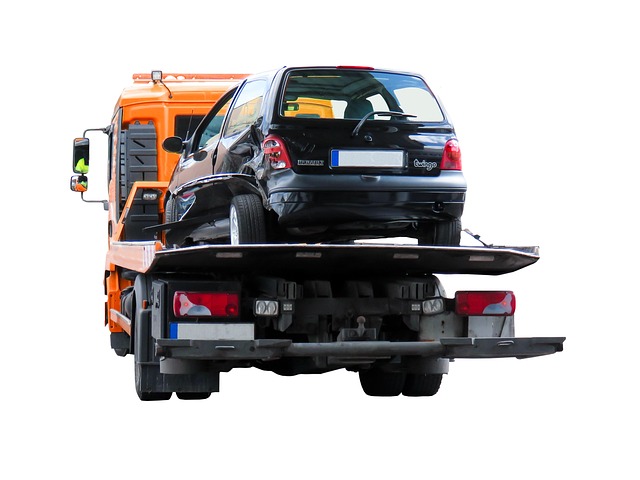Adhering to Original Equipment Manufacturer (OEM) guidelines is essential for high-quality vehicle frame restoration, ensuring structural integrity, safety features, and visual accuracy by providing detailed roadmaps, technical drawings, material specs, and precise measurements. This meticulous approach enhances stability, handles, and aesthetic appeal while meeting modern safety regulations, making restored vehicles reliable and safer on the road.
In the intricate world of vehicle frame restoration, OEM (Original Equipment Manufacturer) guidelines stand as a beacon of quality and authenticity. This article delves into the paramount importance of these guidelines in revitalizing vintage vehicles. We explore how adhering to OEM standards ensures not just visual accuracy but also structural integrity and safety. By understanding and preserving original specifications, restorers pay homage to automotive heritage, ensuring that each restored vehicle is a testament to its bygone era.
- Understanding OEM Guidelines: The Cornerstone of Restoration
- Ensuring Quality and Safety: Adhering to OEM Standards
- Restoring Heritage: Why OEM Specifications Matter
Understanding OEM Guidelines: The Cornerstone of Restoration

Understanding OEM guidelines is paramount when it comes to vehicle frame restoration. These guidelines, provided by original equipment manufacturers (OEMs), serve as a blueprint for repairing and restoring vehicles to their pre-accident condition. They encompass detailed specifications, technical drawings, and material standards that ensure the integrity and safety of the restored vehicle. By adhering to OEM guidelines, car repair shops and auto body shops can accurately replicate the vehicle’s original design and structural elements.
For instance, when undertaking a car dent repair or frame straightening process, OEMs offer precise measurements and techniques to maintain the structural integrity of the vehicle frame. This is crucial because even minor deviations during restoration can lead to long-term issues like reduced handling, accelerated corrosion, or compromised safety ratings. In essence, OEM guidelines are not just recommendations; they are essential standards that ensure the quality, reliability, and longevity of every vehicle frame restoration project in a professional car repair shop.
Ensuring Quality and Safety: Adhering to OEM Standards

In the intricate process of vehicle frame restoration, adhering to Original Equipment Manufacturer (OEM) guidelines is paramount. These standards act as a blueprint, ensuring that every component, from the chassis to the suspension, meets the exacting specifications set by the vehicle’s designer. By following OEM guidelines, restorers can guarantee not just visual accuracy but also structural integrity, which is crucial for safety and performance. Deviating from these standards may lead to weaknesses in the frame, compromising the vehicle’s overall stability and handling capabilities.
OEM guidelines provide a comprehensive framework that includes detailed instructions on materials, techniques, and tolerances. They ensure that auto glass repair, auto painting, and collision repair services are conducted with precision, preserving the vehicle’s original design and structural integrity. This meticulous attention to detail not only enhances the visual appeal of the restored frame but also ensures that the vehicle meets modern safety standards, making it a safer ride for everyone on the road.
Restoring Heritage: Why OEM Specifications Matter

Restoring a classic vehicle or a historic model is an art form that requires precision and attention to detail. When it comes to vehicle frame restoration, adhering to Original Equipment Manufacturer (OEM) guidelines is paramount. These specifications are the blueprint for recreating the original structure, ensuring that every curve, angle, and measurement aligns perfectly with the manufacturer’s intent.
Using OEM standards as a reference during frame straightening processes guarantees that the restored vehicle retains its authentic character, both aesthetically and mechanically. It involves more than just fixing dents; it’s about recapturing the essence of the original design, which is crucial for enthusiasts who appreciate the historical significance of their classic cars. This level of detail-oriented work, along with collision damage repair, can be a complex task, but it’s what sets apart a simple fix from a true masterpiece restoration.
OEM guidelines are indispensable for vehicle frame restoration, ensuring that repairs maintain original quality and safety standards. By adhering to these specifications, restorers preserve the historical integrity of vehicles while meeting modern safety requirements. This meticulous approach to vehicle frame restoration not only enhances the longevity of vehicles but also pays homage to their rich automotive heritage.
